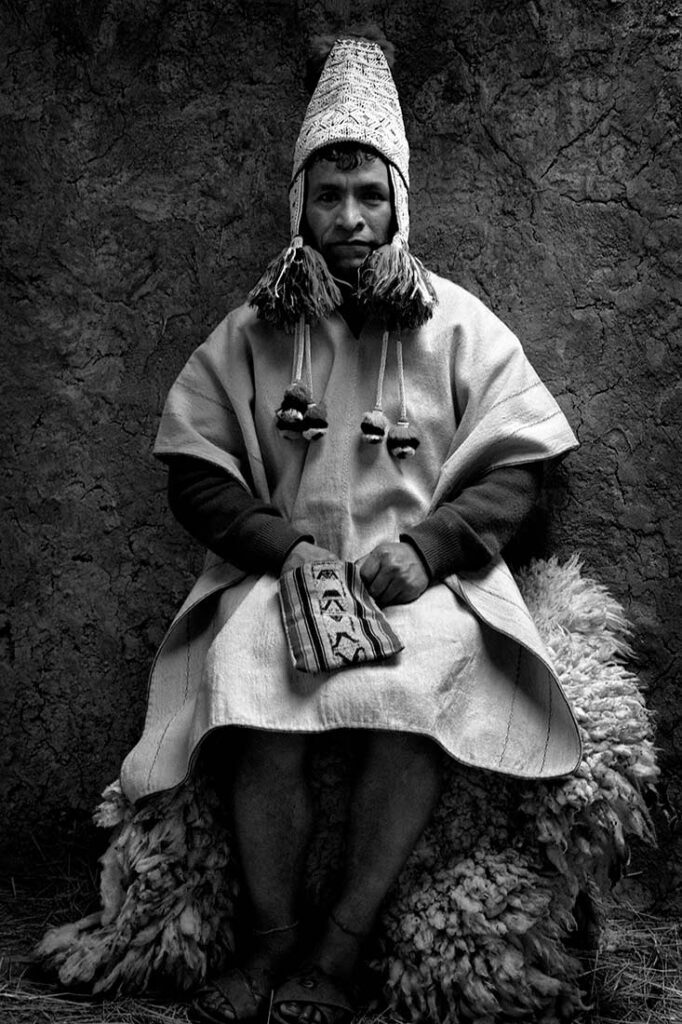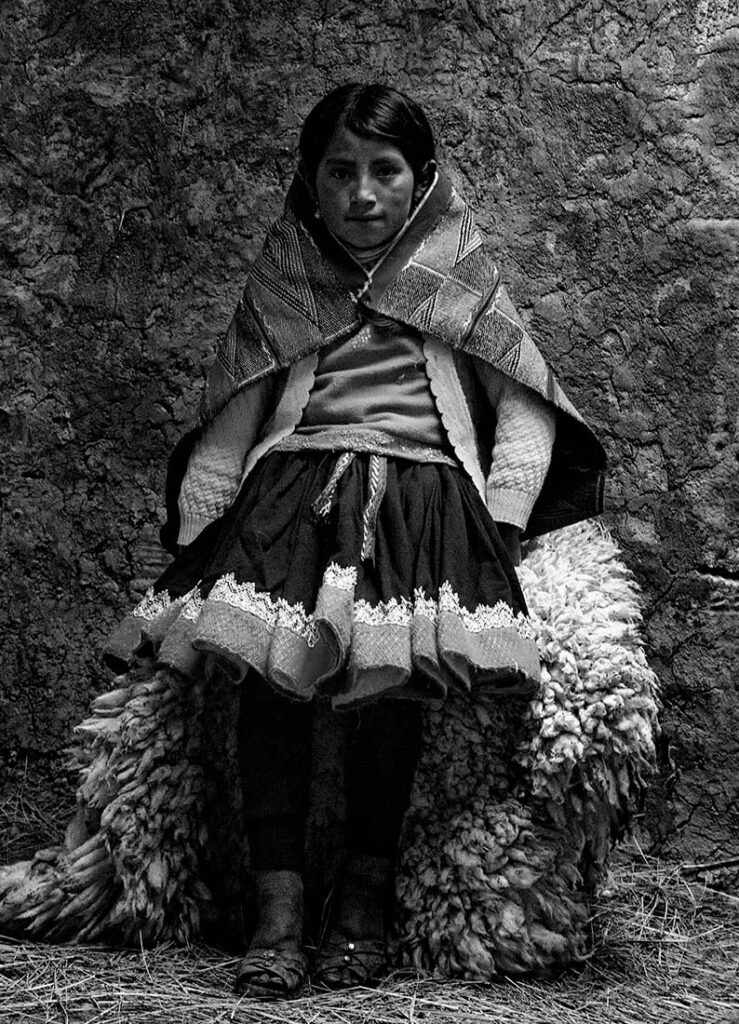The Last Of The Incas
By Aga Szydlik
Q’ero Nation
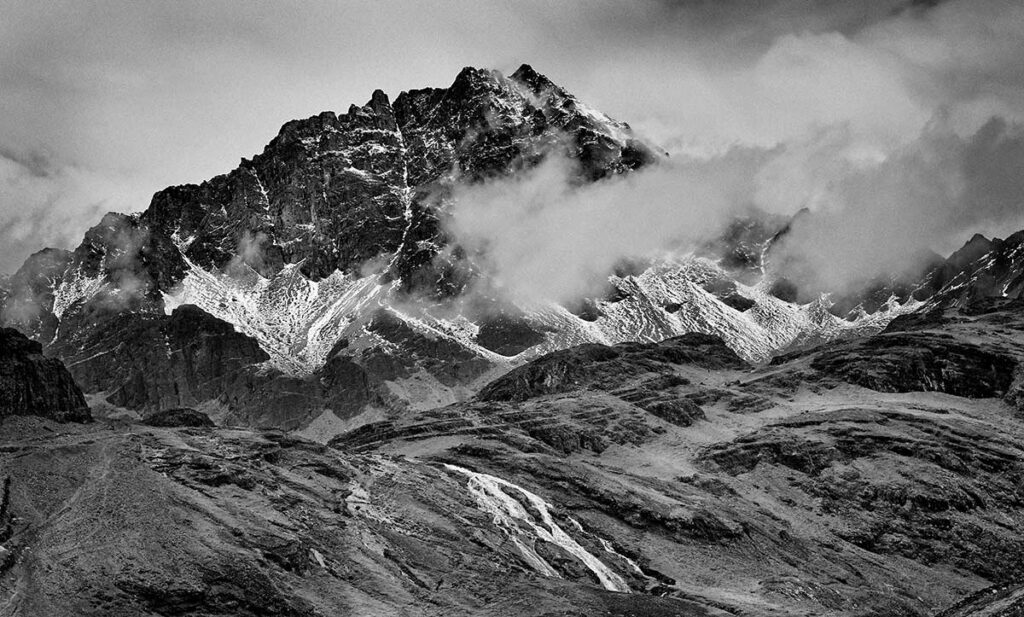
Q’ero (spelled Q’iru in the official three-vowel Quechua orthography) is a Quechua-speaking community or ethnic group dwelling in the province of Paucartambo, in the Cusco Region of Peru.
The Q’ero became more widely known due to the 1955 ethnological expedition of Dr. Oscar Nuñez del Prado of the San Antonio Abad National University in Cusco, after which the myth of the Inkarrí was published for the first time. Nuñez del Prado first met the Q’ero at a festival in Paucartambo, about 120 km away.
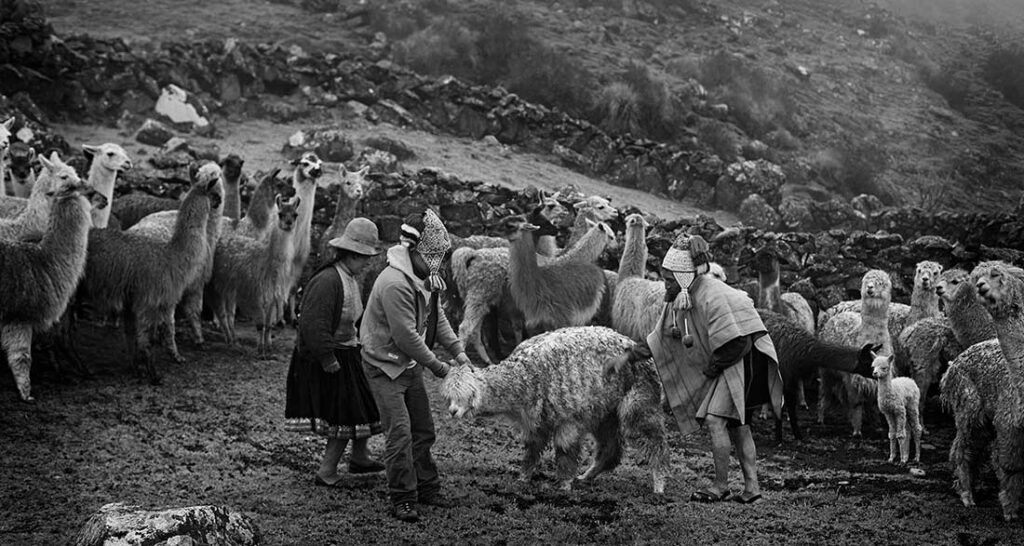
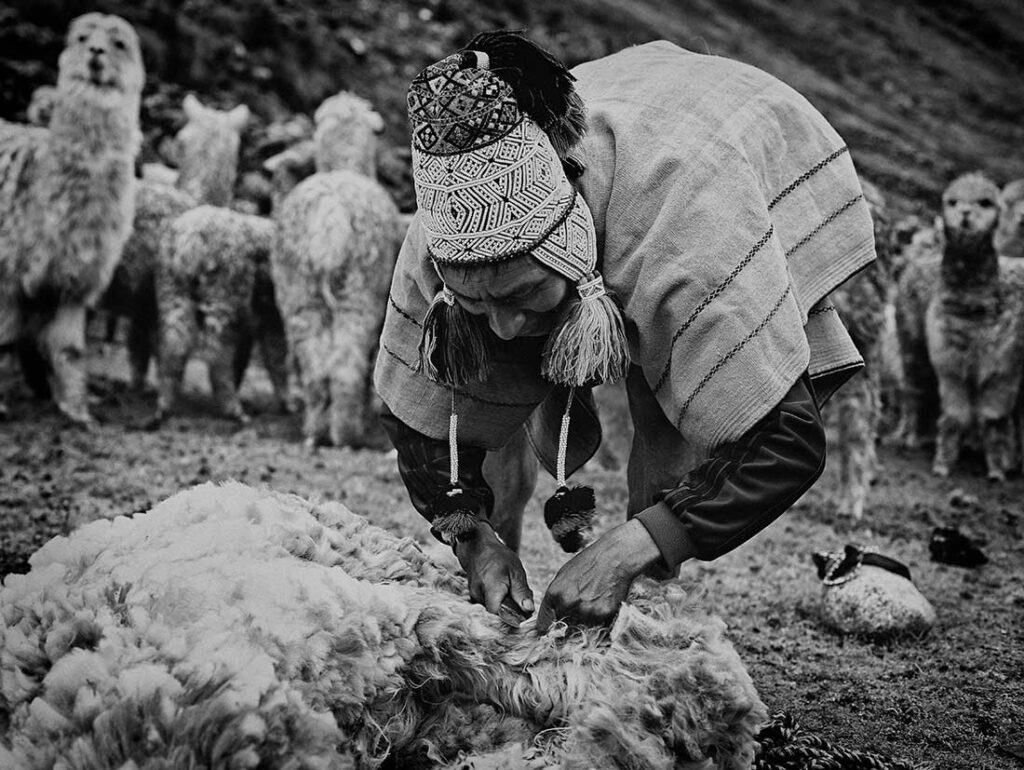
The Q’ero live in one of the most remote places in the Peruvian Andes. Nevertheless, they were incorporated into the Yabar hacienda, located outside of Paucartambo. With the assistance of advocates from outside the communities, the hacienda’s owners were banished in 1963, the whole area has belonged to the Q’ero. The ground is not very fertile, and the Q’ero live in modest dwellings. They often live in one-room houses not larger than 20 m², made of clay and natural stone with roofs of hard grass. The area stretches over several climates, with elevations from under 1800 m to over 4500 m. Depending on the climatic zone, maize (corn) and potatoes may be grown, while in high areas, llamas are kept. Fields are plowed with a type of foot-plow (chaki taklla).
The Q’ero people are the last direct descendants of Inca, who live in one of the most remote places in the Peruvian Andes rugged elevations of snowcapped mountains. According to the Vanishing Cultures Foundation Inc, six major Q’ero villages are home to about 600 people and 6000 llamas & alpacas.
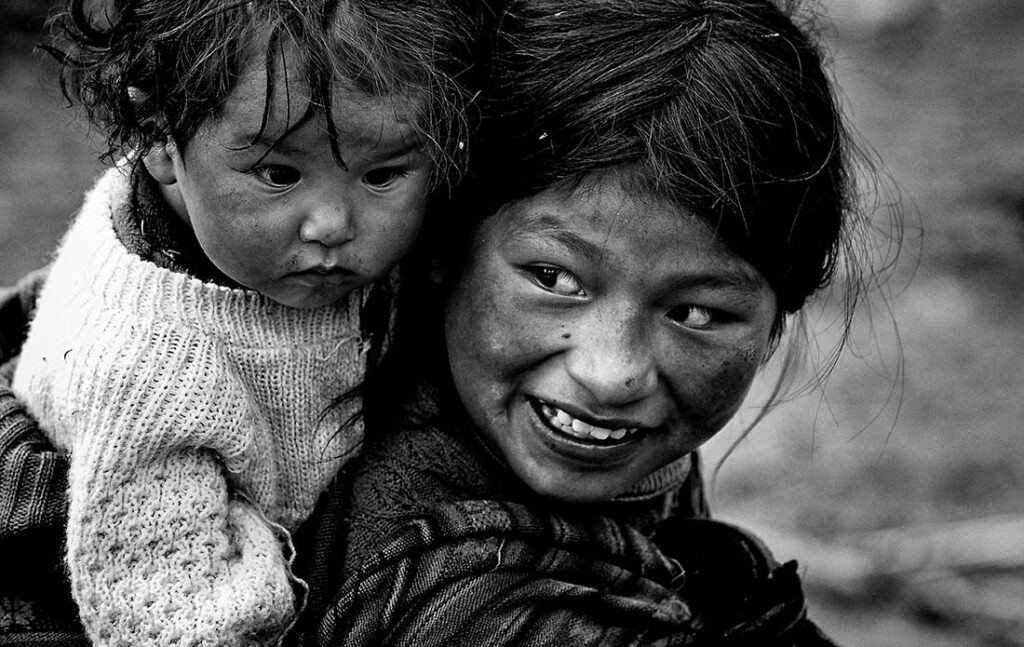
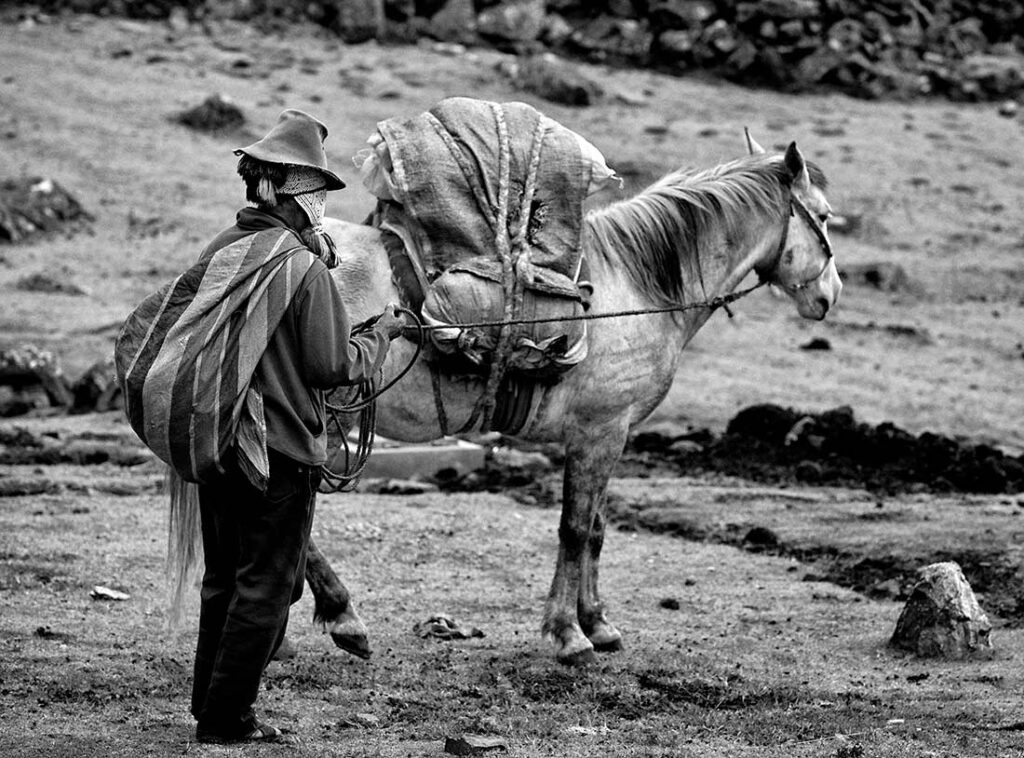
The Q’ero practice mutual reciprocity to achieve life in balance with nature and community and respect for all living things. The Q’ero people are well known to practice mysticism and pass on ancient knowledge through oral traditions preserving their cultural identity. Although the Q’ero does not practice any particular religion, they are highly spiritual and live in harmony with Mother Earth or “Pachamama.”
Small chortan-like structures with offerings for Pachamama mark mountain passages between villages.
Q’ero people’s lives are Earth-centric and revolve around farming potatoes and mazes, rearing alpacas, and weaving wool. The unique Inca-like patterns characterize their master weaving style. Grass thatched roofs cover the huts built with stone and earth, preserving the traditional way of life of Q’eres people.
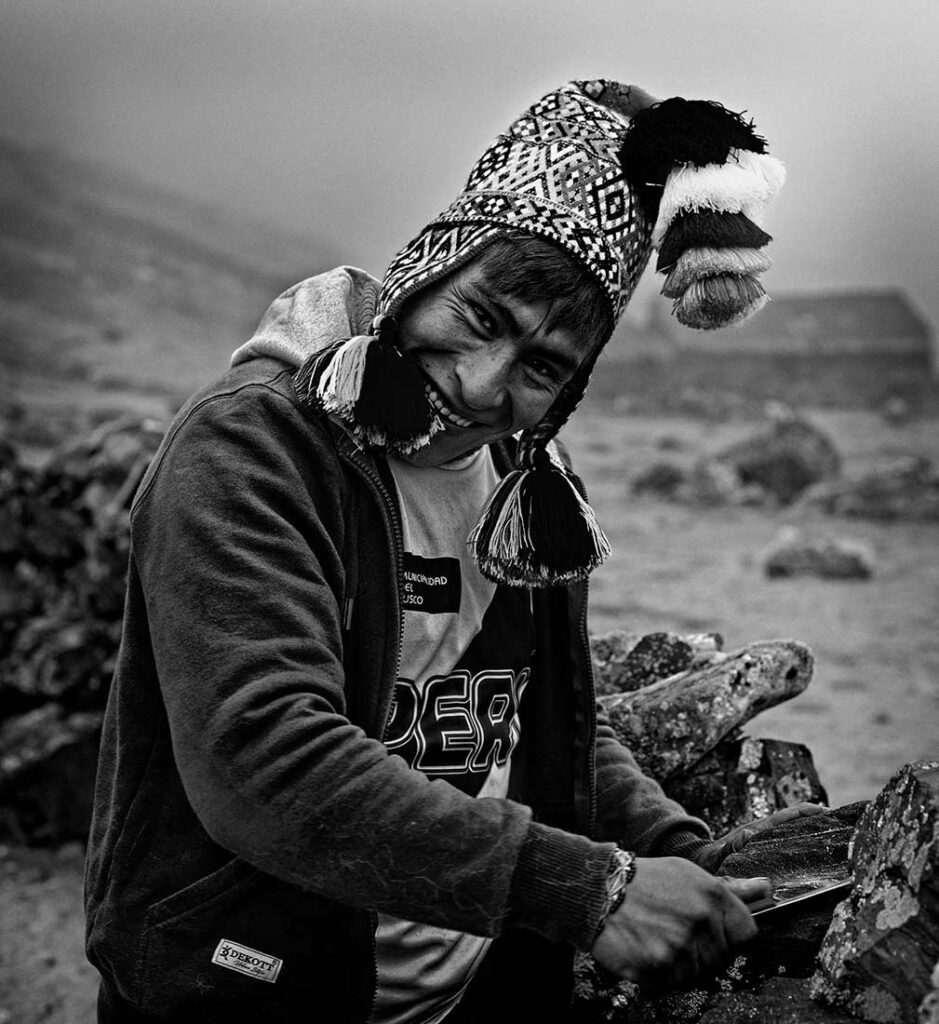
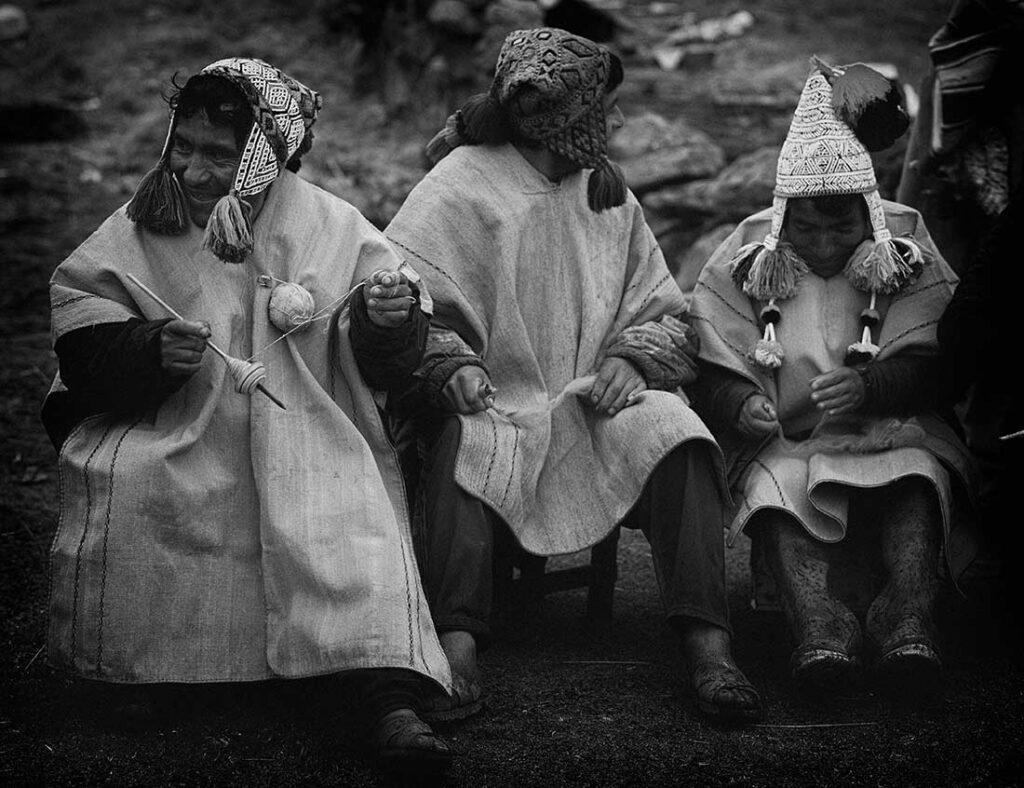
Aga Szydlik
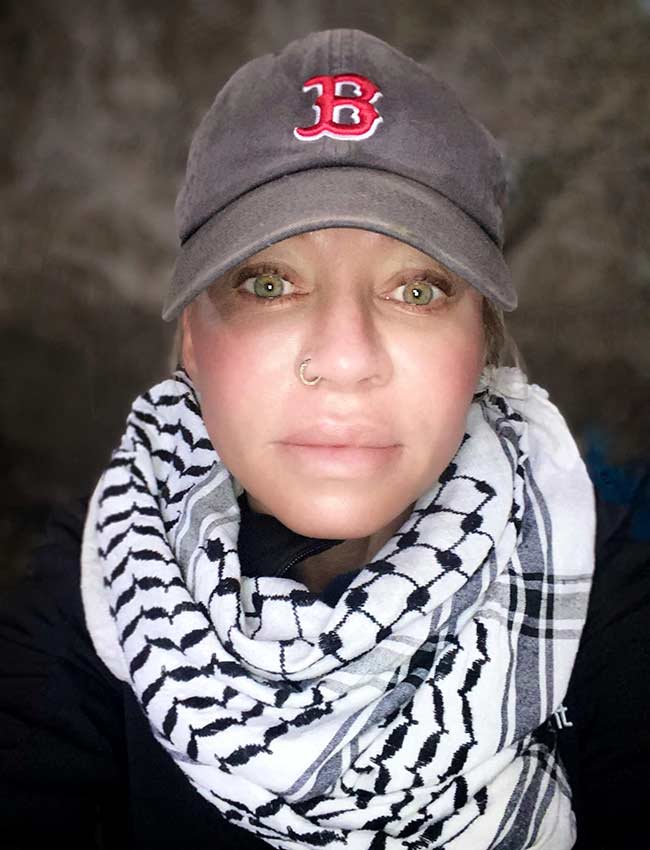
Aga is an international award-winning documentary photographer based in the USA, and her work focuses mainly on documentary photojournalism, conservation, exploration of heritage sites, indigenous tribes, and rituals. She actively supports human rights and conservation efforts.
Aga’s professional journey began with fight photography when she lived in Thailand. Muay Thai was one of her many passions, and when she was presented with the opportunity to cover Muay Thai fights, she didn’t think twice about it and had the best time of her life doing it. Aga traveled extensively in SE Asia, had many adventures, and met many fascinating people. Eventually, a few years later, her journey took her to Indonesia and South Africa. Aga’s passion for photography and travel is shared with her love for science, as she spends most of her time trying to cure people and the planet.
Aga actively supports human rights movements, environmental protection, and various conservation efforts. Aga’s assignments involve both freelance work and collaborations with various NGOs.
Szydlik aims to portray people she photographs in the most powerful and meaningful way she can achieve while making
a difference in the communities she works with.
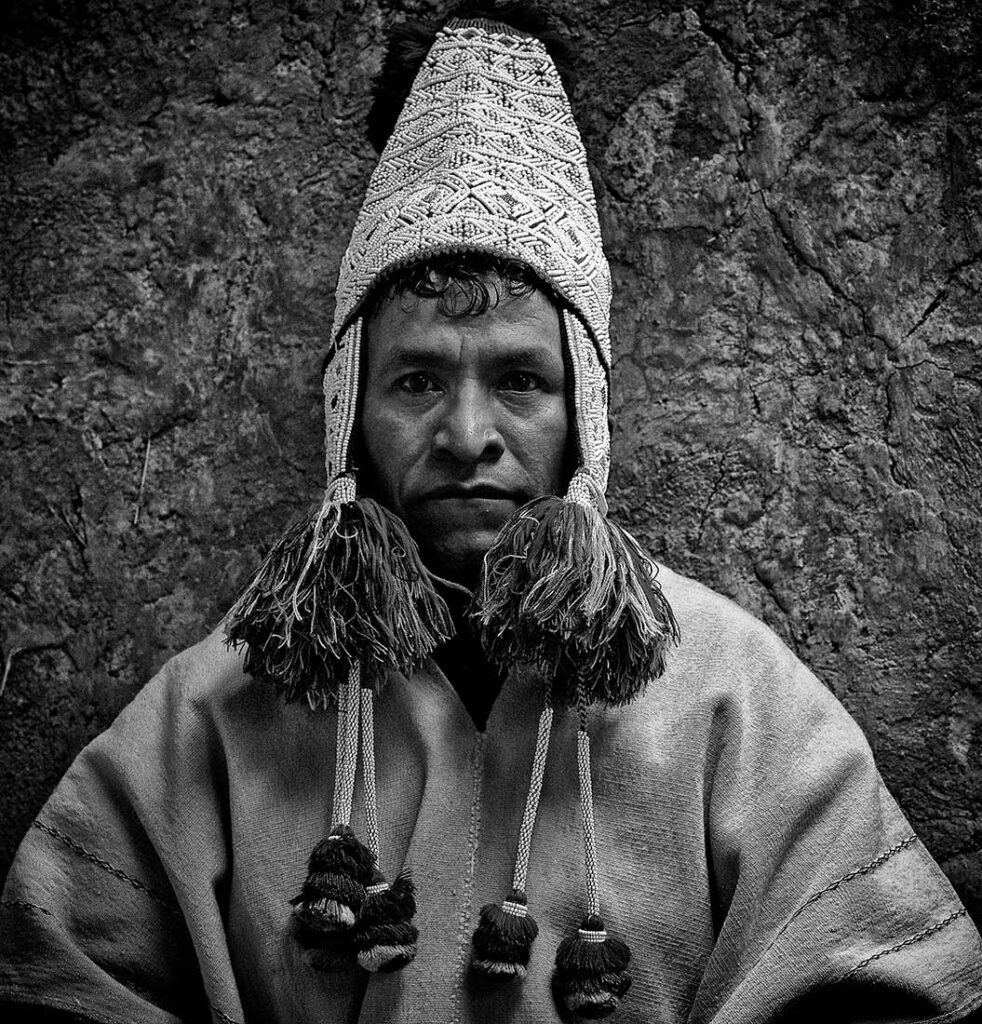
Aga Szydlik’s work has been published in international publications, including in several past issues of Lens Magazine. In 2021 she was awarded the Gold List -Top Contemporary Artists of Today. In addition, her work has been featured in the special edition with an international distribution at the bookstores and art fairs by Art Market Magazine.

